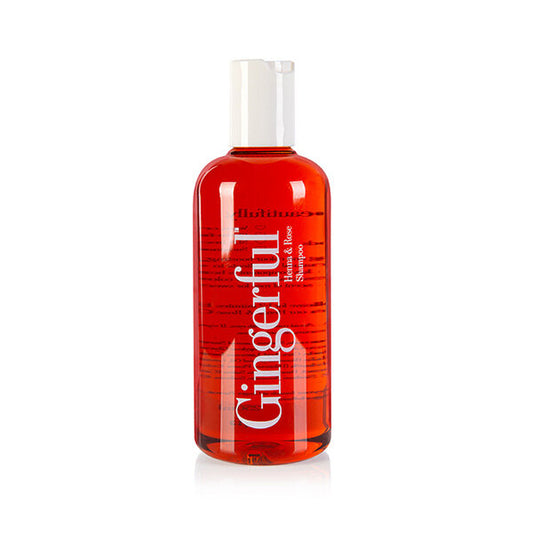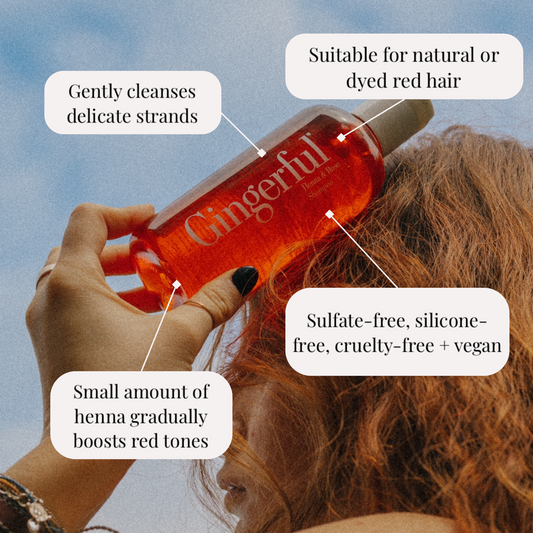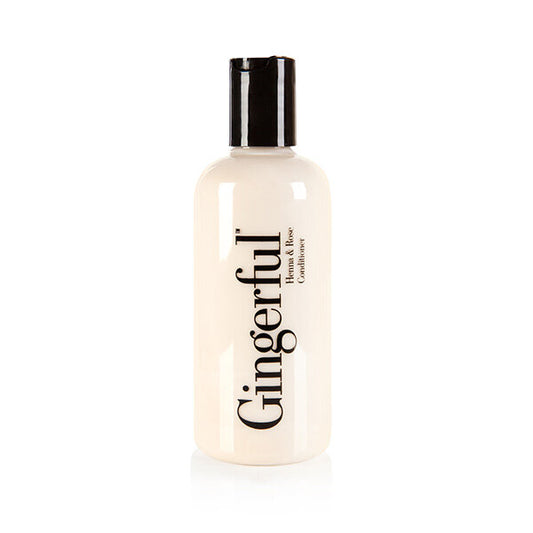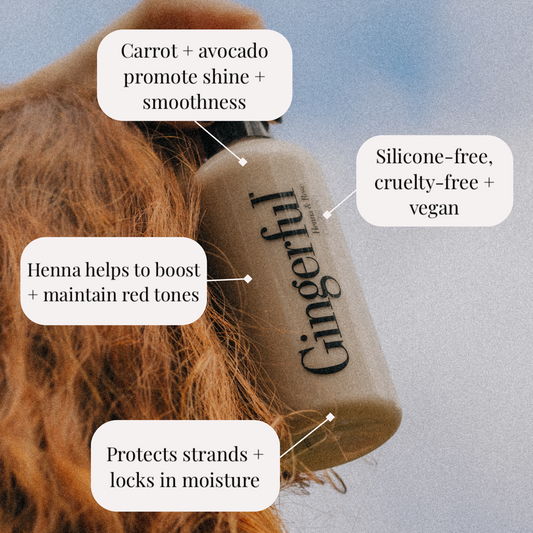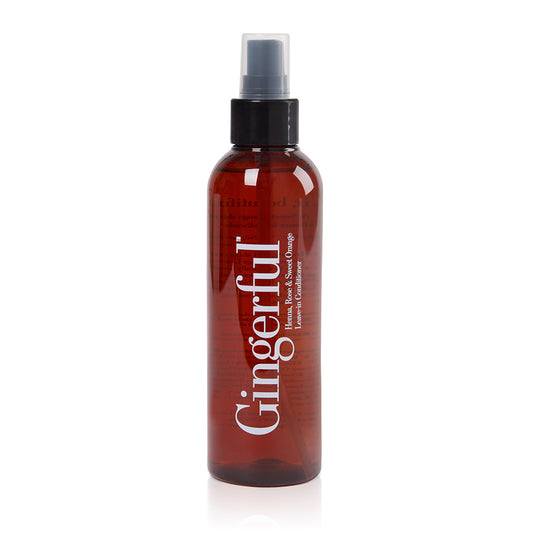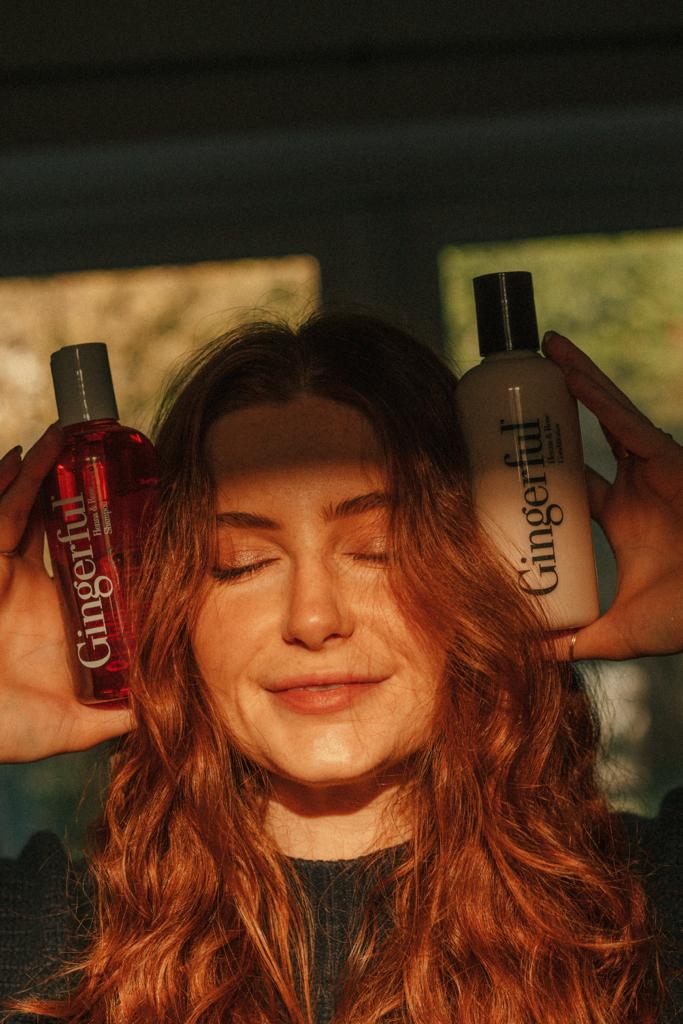Unless you’ve done your research, you probably don’t know too much about sulfates and silicones, and what effect they can have on your hair, skin and scalp.
Well, you’ve come to the right place.
WHAT ARE SULFATES?
Sulfates, or sodium lauryl sulfate or SLS, is a foaming agent used in a large proportion of skincare and haircare products, and beyond. It’s what makes them lather up quickly, making it easier for you to spread the product when adding water.
Unfortunately for the human race though, sulfates are extremely drying for our skin, scalp and hair. What happens is they strip away the natural oils and sebum, leaving the surface exposed, dry and vulnerable to damage.
And having your oils stripped from your hair and scalp just means that your follicles produce more replacement oils at an alarming rate, and actually tends to make the surface oilier than before.
Sure, you may think that having oil on your skin and in your hair is bad for beauty, but it’s what gives your hair a lovely natural shine and helps to reflect light off it, so it’s actually pretty great stuff.
WHAT ARE SILICONES?
Often used in tandem with sulfates, silicones are added to many products as a way to pump in a shock of artificial ‘moisture’ to the scalp, skin or hair.
Some people may mistakenly consider that silicones add moisture back into the hair, but that’s not the case. What silicones do is they seal off the hair follicle and strand completely, preventing any goodness from hair products getting in to clean it and nourish it. You also end up with significant product build-up in your follicles and on the scalp, so over time this actually results in dirtier, drier hair that is much duller and weaker than it should be.
WHAT SHOULD I USE INSTEAD?
Sulfate-free and silicone-free hair products are quite readily available. And using them will make your heart (and hair) sing.
Instead of the devilish combo of sulfates and silicones making your hair dull and unhealthy, through continued use of sulfate-free and silicone-free you will notice that the shine, strength and smoothness return to your locks.
And for redheads, this is particularly great as it means more light can reflect off your red hair, which in turn helps your ginger shade to really make an impact.
IS THERE A TRANSITION PHASE WHEN MOVING TO SULFATE-FREE AND SILICONE-FREE PRODUCTS?
A transition phase when moving to sulfate-free and silicone-free can happen. It all depends on what products you’re currently using and how much sulfate and silicone is in them.
What it means is you may find that washing your hair feels different to what you’re used to. For example, lathering up your shampoo will likely be harder work than before. This doesn’t mean there’s something wrong with the shampoo, it means you just need a bit more water to help spread it to get all over your hair. Try to avoid adding extra product, add more water instead.
If you feel that your hair isn’t really coming out the other side of the transition or the texture just doesn’t feel right after a few washes, it may mean you need to ‘reset’ your hair. This is likely down to product build-up (that you might not have noticed before) from your old products. A reset can be achieved through using a ‘clarifying’ shampoo, or a rinse treatment of apple cider vinegar to release some of the product build-up in there. Note, you may need to do this a couple of times depending on how much build-up you have.
Transition periods for sulfate-free and silicone-free should only really last a couple of weeks, but your hair will thank you for it in the end.
If you’re worried about the transition phase, an idea would be to gradually phase out your old product by alternating with your new ones for a few weeks.
HOW DO YOU KNOW IF THERE ARE SULFATES AND SILICONES IN HAIR PRODUCTS?
Everything you need to know is on the list of ingredients on the bottle. Sulfates will be written simply as ‘sodium lauryl sulfate’. Don’t mistake this for ‘sodium lauryl sarcosinate’ – this isn’t a sulfate and is often used as an alternative to sulfate, so you’re all good if you see that on the ingredients list.
For silicones, there are lots of different names for these, but a general rule is if there’s anything on the ingredients ending in ‘-one’, that’s likely to be a silicone of some sort. For example, dimethicone, cyclomethicone, and amodimethicone are all silicones.
So, there it is: sulfates bad, silicones bad.
No surprises that redheads should be huge advocates of using sulfate-free and silicone-free products. Red hair strands are naturally drier, more fragile and coarser than other shades, so they need the extra care so they can shine those multi-tonal ginger shades around a crowded room.


